Negative Numbers Worksheet 7th Grade
Are you a 7th-grade student looking to practice your skills with negative numbers? Look no further! At this grade level, understanding and working with negative numbers becomes even more important. In this blog post, we will explore the benefits of using worksheets as a tool to enhance your understanding of this challenging concept and provide you with a sample worksheet to get you started.
Table of Images 👆
- Adding and Subtracting Negative Numbers Worksheet
- Adding and Subtracting Integers Worksheet
- Adding and Subtracting Integers Problems
- Positive and Negative Integers Worksheets
- Multiplying Integers Worksheets 7th Grade
- 6th-Grade Integers Worksheets
- Adding Negative Numbers Worksheet
- Exponent Worksheets with Integers
- 6th Grade Math Negative and Positive Numbers
- Subtracting Negative Numbers Worksheets
- Order of Operations Worksheets 6th Grade
- Adding and Subtracting Negative Integers
- 7th Grade Math Worksheets Algebra
- Order of Operations 6th Grade Math Worksheets
- Exponents Worksheets 6th-Grade
- Subtracting Integers Worksheet
More 7th Grade Worksheets
7th Grade Vocabulary WorksheetsPre-Algebra 7th Grade Math Worksheets
7th Grade Math Worksheets Proportions
Complex Sentence Worksheets 7th Grade
Geometry Angles Worksheet 7th Grade Math
What are negative numbers?
Negative numbers are numbers that are less than zero and are typically represented with a minus sign ("-") in front of them. They are used to denote quantities that are below a reference point or origin, and they are essential in mathematics for representing values such as debts, temperatures below freezing, and losses.
How do negative numbers differ from positive numbers?
Negative numbers are less than zero and represent values that are below the reference point of zero, whereas positive numbers are greater than zero and represent values above zero. Negative numbers are denoted by a "-" sign in front of the number, while positive numbers may be written with or without a "+" sign. Additionally, negative numbers are often used to represent a loss, debt, decrease, or opposite direction, whereas positive numbers represent a gain, profit, increase, or forward direction in mathematics and other disciplines.
Can negative numbers be fractions or decimals?
Yes, negative numbers can be represented as fractions or decimals. Negative numbers can be written as fractions by placing a negative sign in front of the fraction or by having a negative denominator. Similarly, negative numbers can also be expressed as decimal numbers by placing a negative sign in front of the decimal point or by having a negative decimal value.
How are negative numbers represented on a number line?
Negative numbers are represented on a number line by placing them to the left of zero, which is the point of origin. The further to the left a negative number is, the smaller it gets, indicating a decrease in value. Each negative number is represented by a tick mark on the number line at evenly spaced intervals to provide a visual representation of their order and magnitude.
How are negative numbers used in everyday life?
Negative numbers are used in everyday life to represent below zero values, such as temperatures below freezing, debts, loss in finances, decrease in temperature or stock value, and many other scenarios where a quantity has a value less than zero. They help us quantify and make sense of various real-life situations by providing a mathematical representation for values that fall below a reference point.
How do you add and subtract negative numbers?
To add or subtract negative numbers, follow these rules: for addition, treat the negative sign as a subtraction and add the absolute values of the numbers, the sign determined by the larger number; for subtraction, change the operation to addition and change the sign of the number being subtracted, then follow the addition rule. Remember to be mindful of signs and double-check your work to ensure accuracy.
Can negative numbers be multiplied or divided?
Yes, negative numbers can be multiplied and divided. When multiplying or dividing negative numbers, the same rules apply as with positive numbers. The product of two negative numbers is positive, and the quotient of a negative number divided by a negative number is positive. The product of a negative and positive number will be negative, and the quotient of a negative number divided by a positive number will also be negative.
How do you compare negative numbers?
When comparing negative numbers, the rule is that the number with the smaller absolute value is considered greater in the negative sense. For example, -3 is greater than -5 because -3 is closer to 0 on the number line. If you're comparing negative numbers with positive numbers, all negative numbers will be less than positive numbers.
Can negative numbers be raised to a power or squared?
Yes, negative numbers can be raised to a power or squared. When a negative number is squared or raised to an even power, the result will always be positive. However, when a negative number is raised to an odd power, the result will remain negative. This is due to the rules of exponentiation.
What are some common misconceptions or mistakes students make when working with negative numbers?
One common misconception is forgetting to properly apply the rules of operations when working with negative numbers, such as adding a negative number being equivalent to subtracting, or subtracting a negative being equivalent to adding. Another mistake is mixing up the signs when multiplying or dividing negative numbers, especially when dealing with multiple negative numbers in a single calculation. Additionally, students may also incorrectly compare or order negative numbers without considering their magnitudes or distance from zero on the number line. It's important for students to understand the basic principles and properties of negative numbers to avoid these common errors.
Have something to share?
Who is Worksheeto?
At Worksheeto, we are committed to delivering an extensive and varied portfolio of superior quality worksheets, designed to address the educational demands of students, educators, and parents.

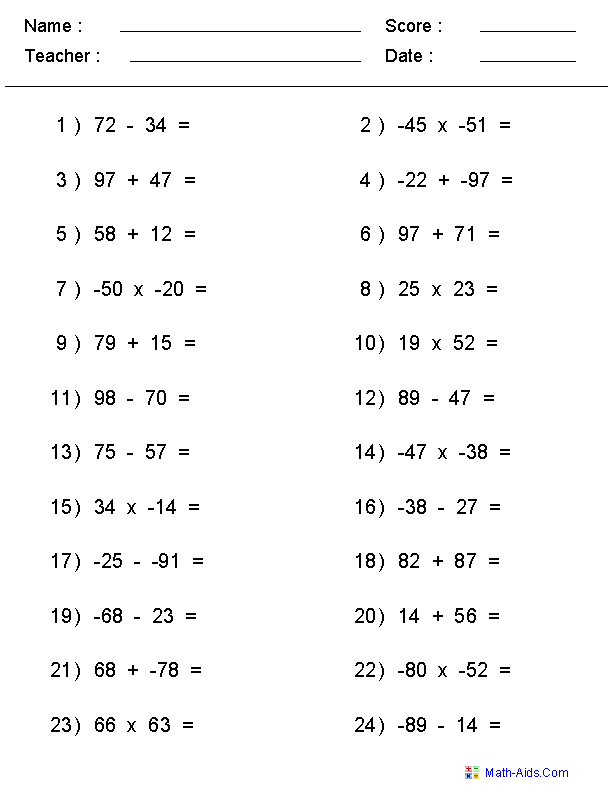



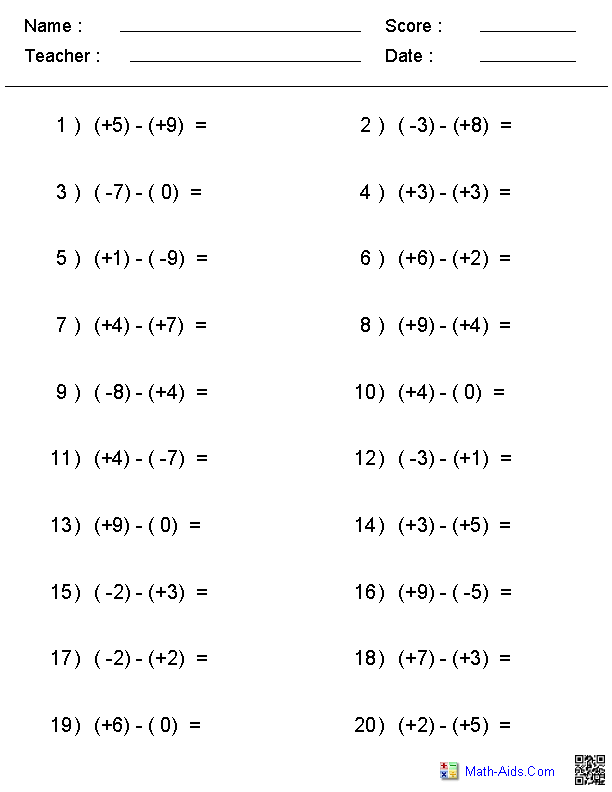
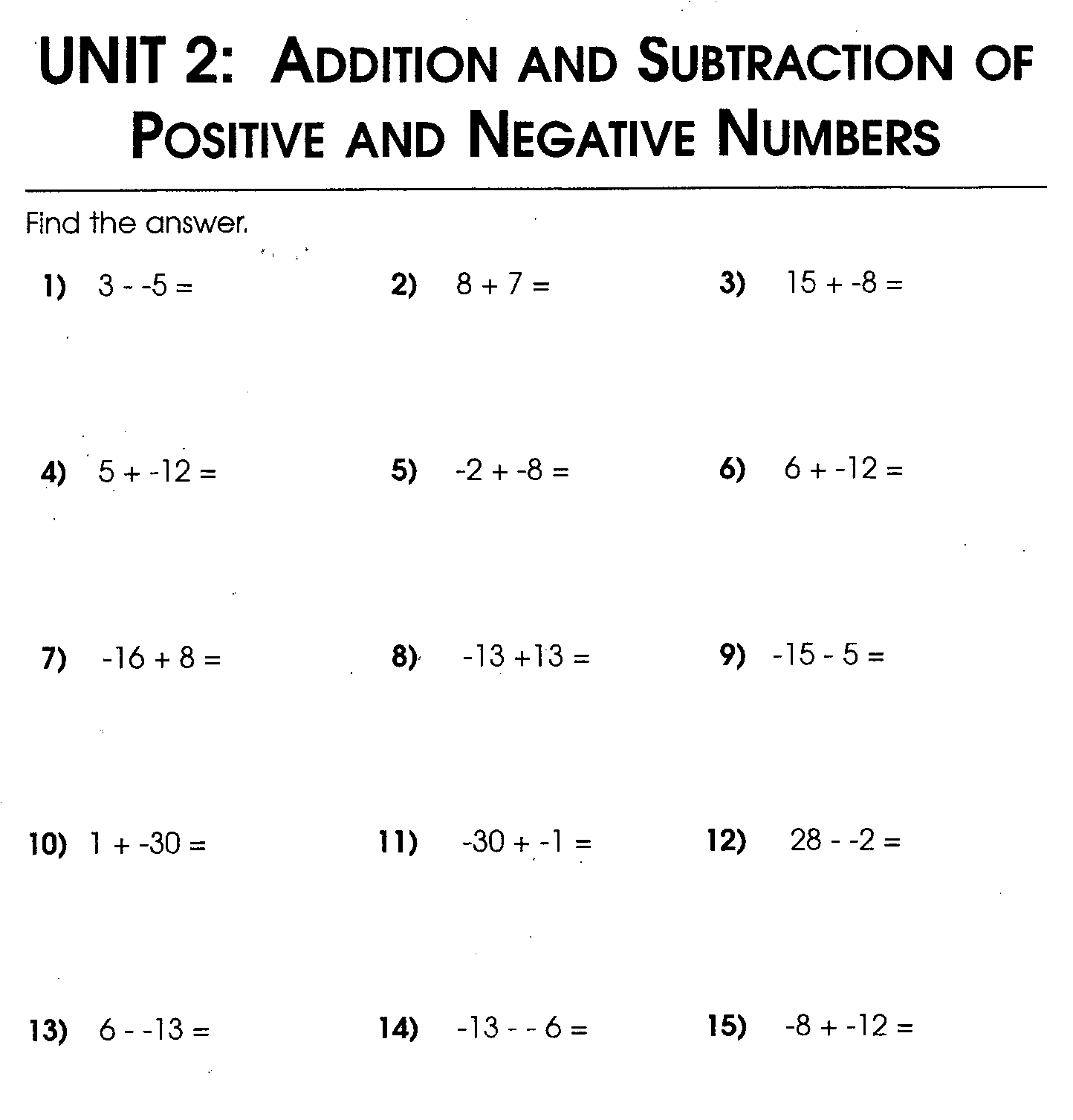
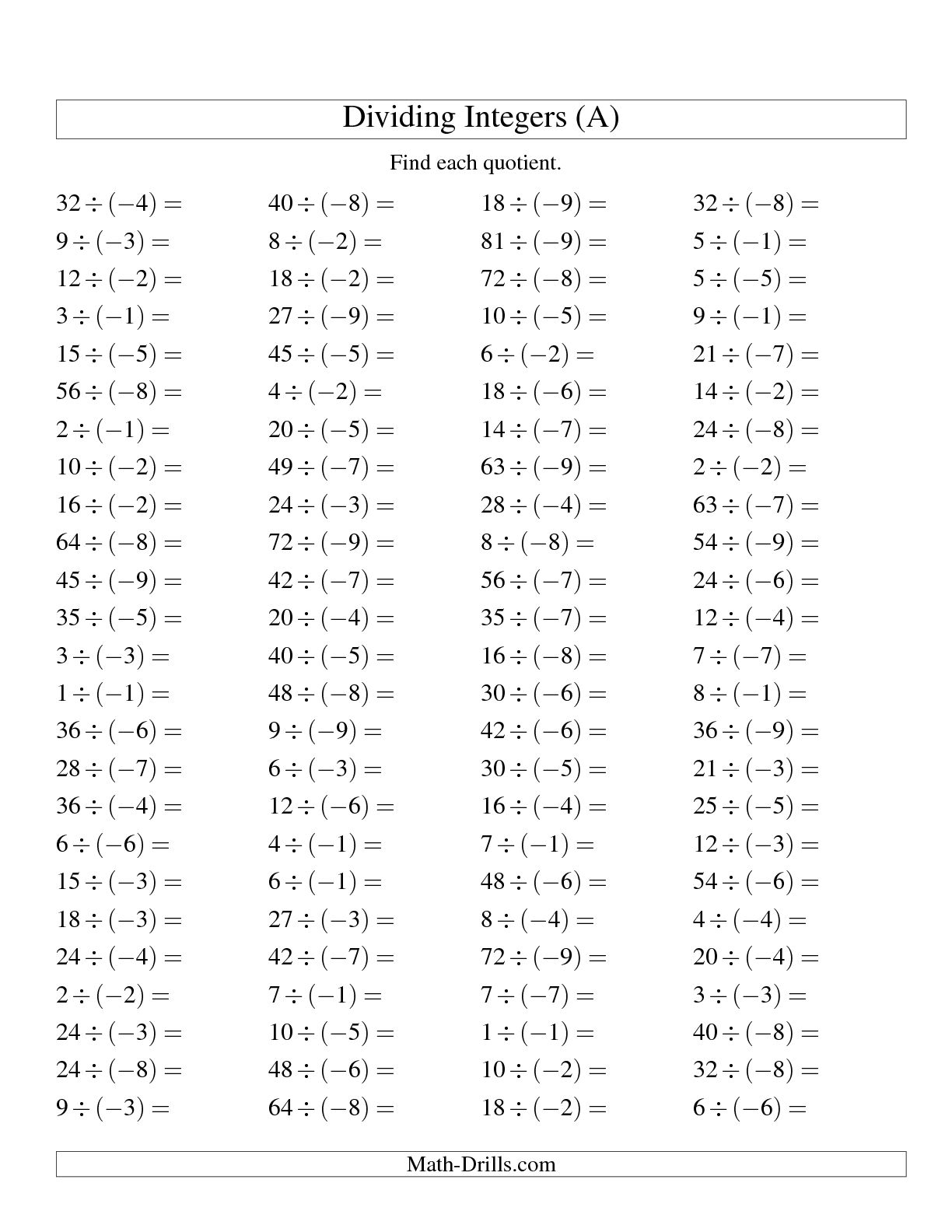
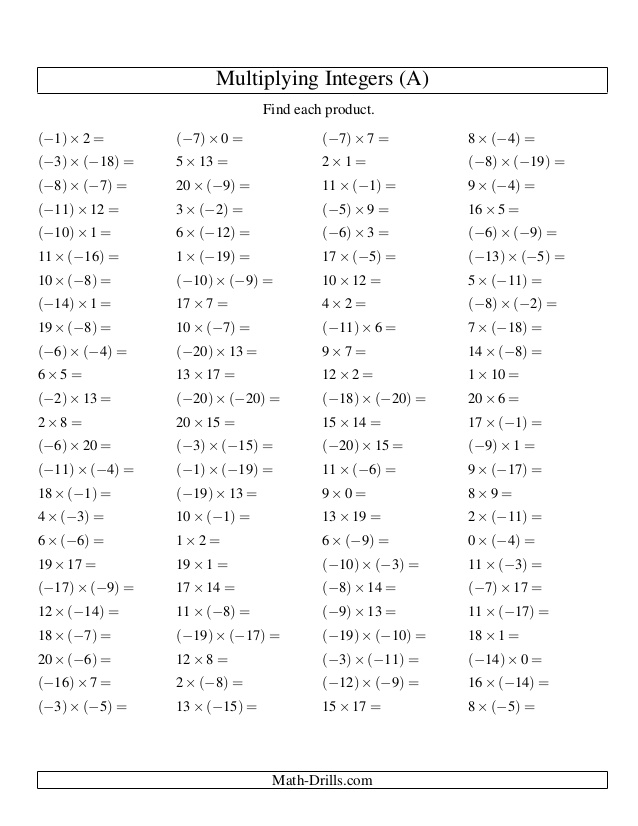
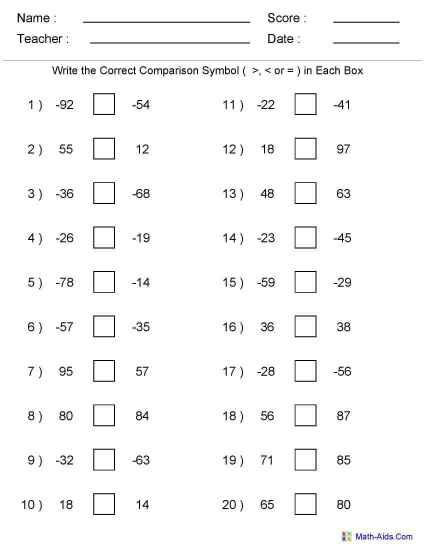
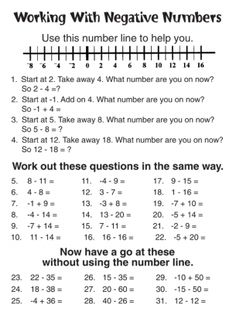
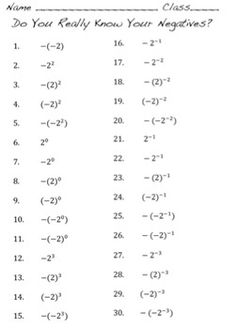
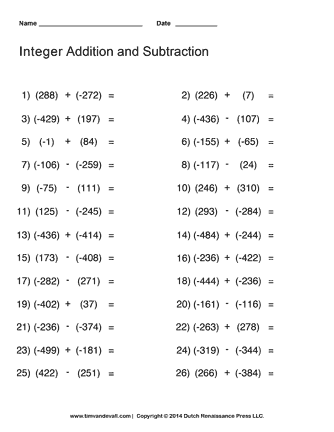
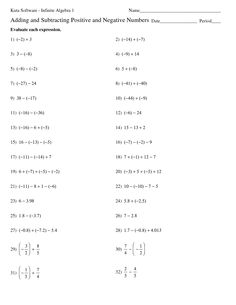
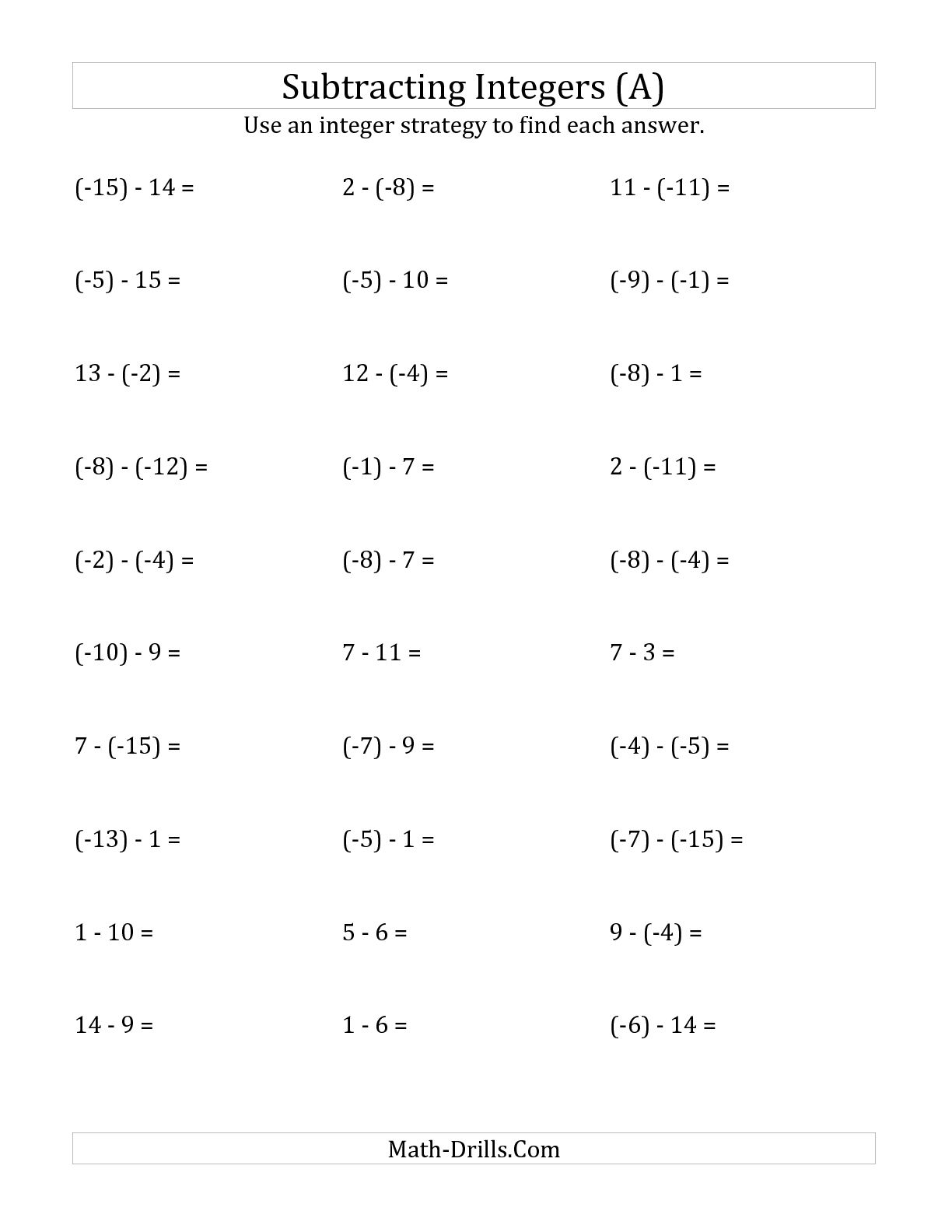
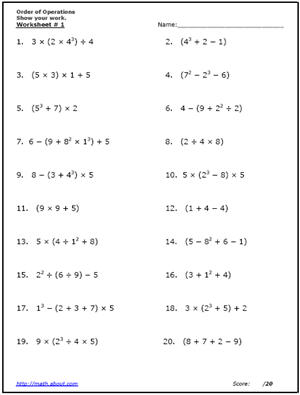
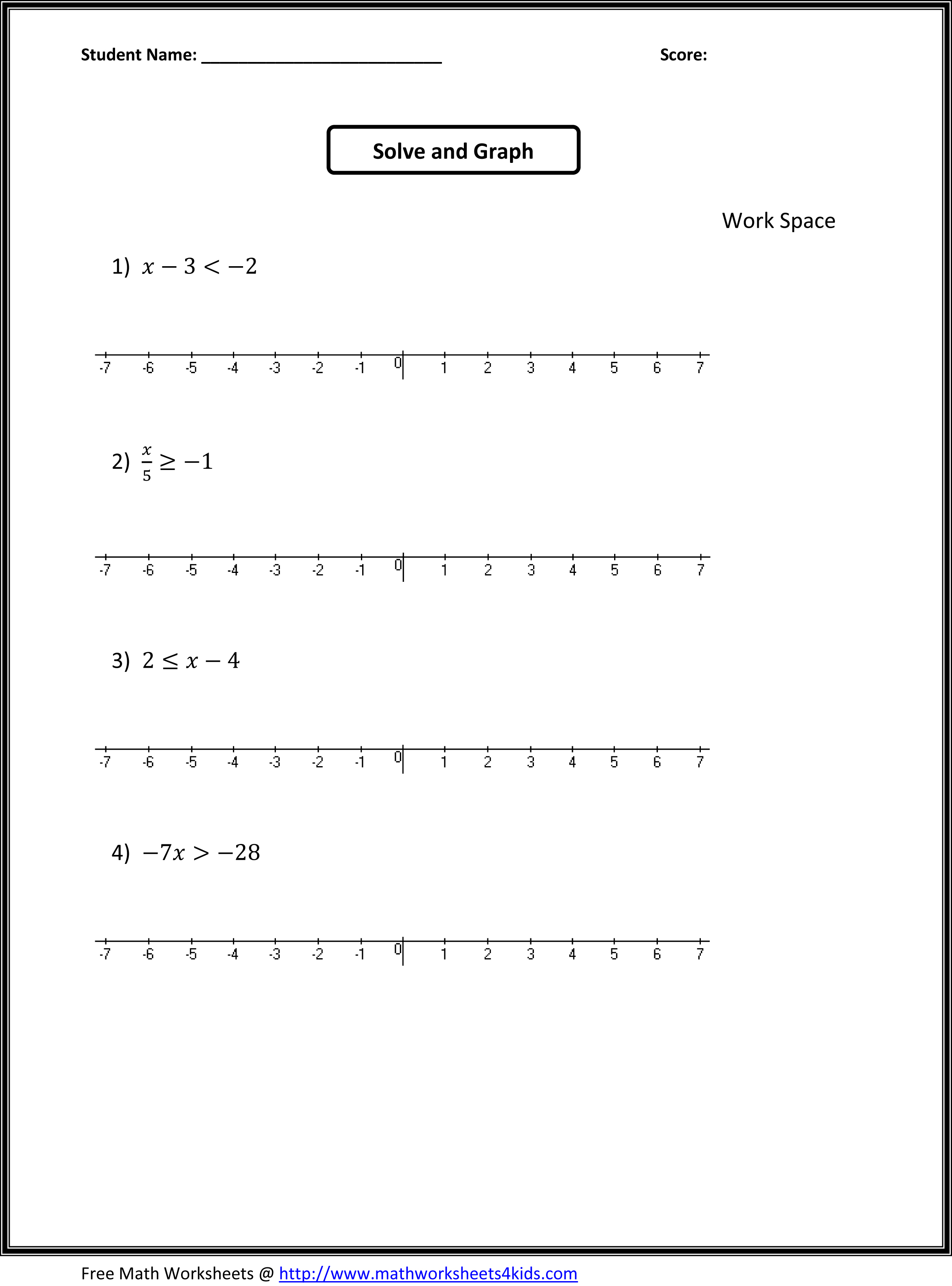
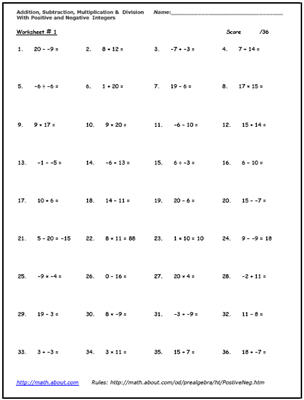
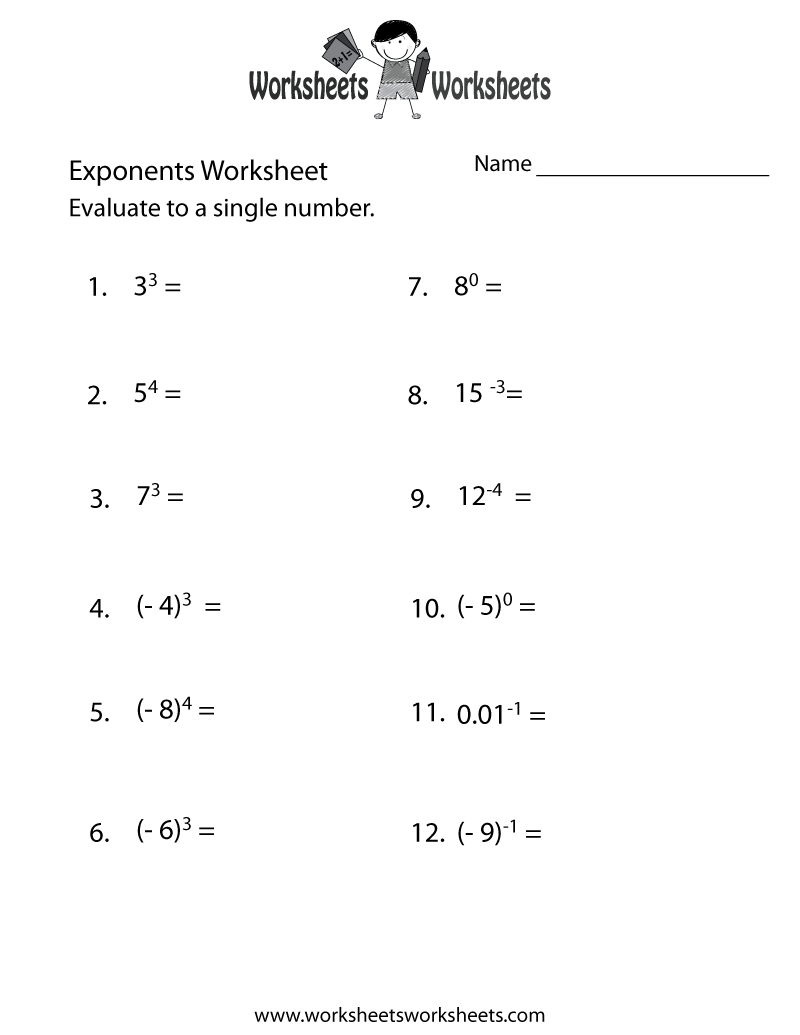
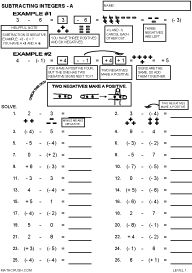










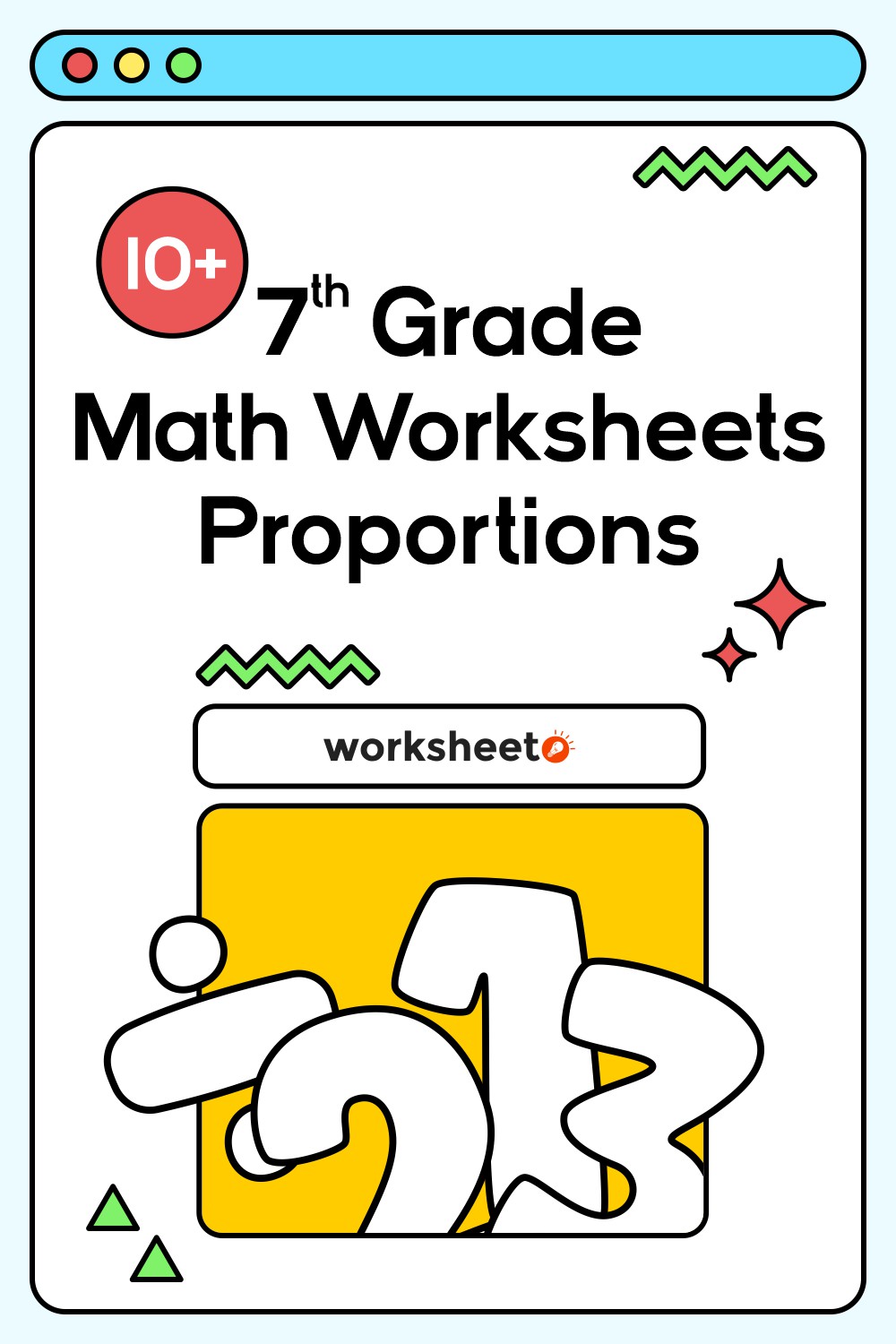


Comments